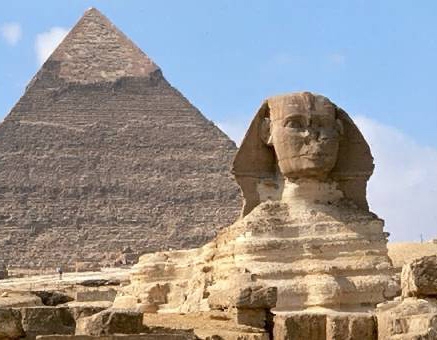 The Middle East in Antiquity focuses on the rich and diverse history of the civilizations of the ancient Near/Middle East, which witnessed the first complex societies and the first major developments in social and political organization, literacy, technology, religious institutions, and many other areas. The legacies of these ancient cultures, represented by Egyptology, Assyriology, Levantine, Syro-Palestinian, and several other fields, remain a critical force in subsequent Middle Eastern—and world—history today.
The Middle East in Antiquity focuses on the rich and diverse history of the civilizations of the ancient Near/Middle East, which witnessed the first complex societies and the first major developments in social and political organization, literacy, technology, religious institutions, and many other areas. The legacies of these ancient cultures, represented by Egyptology, Assyriology, Levantine, Syro-Palestinian, and several other fields, remain a critical force in subsequent Middle Eastern—and world—history today.
The goal of this pathway is to give students a rewarding acquaintance with the history and culture of the principal civilizations of the ancient Near East, and to reveal how such history and culture is reconstructed through the critical analysis and synthesis of linguistic, textual, artistic, and archaeological evidence.
Prospective NELC concentrators, secondary field candidates, and other undergraduates are encouraged to explore this pathway through our course offerings in "The Middle East in Antiquity", and our "gateway" courses. Languages most relevant to this pathway include Akkadian, Aramaic, Armenian, Classical Hebrew, Egyptian, Iranian, and Sumerian.
